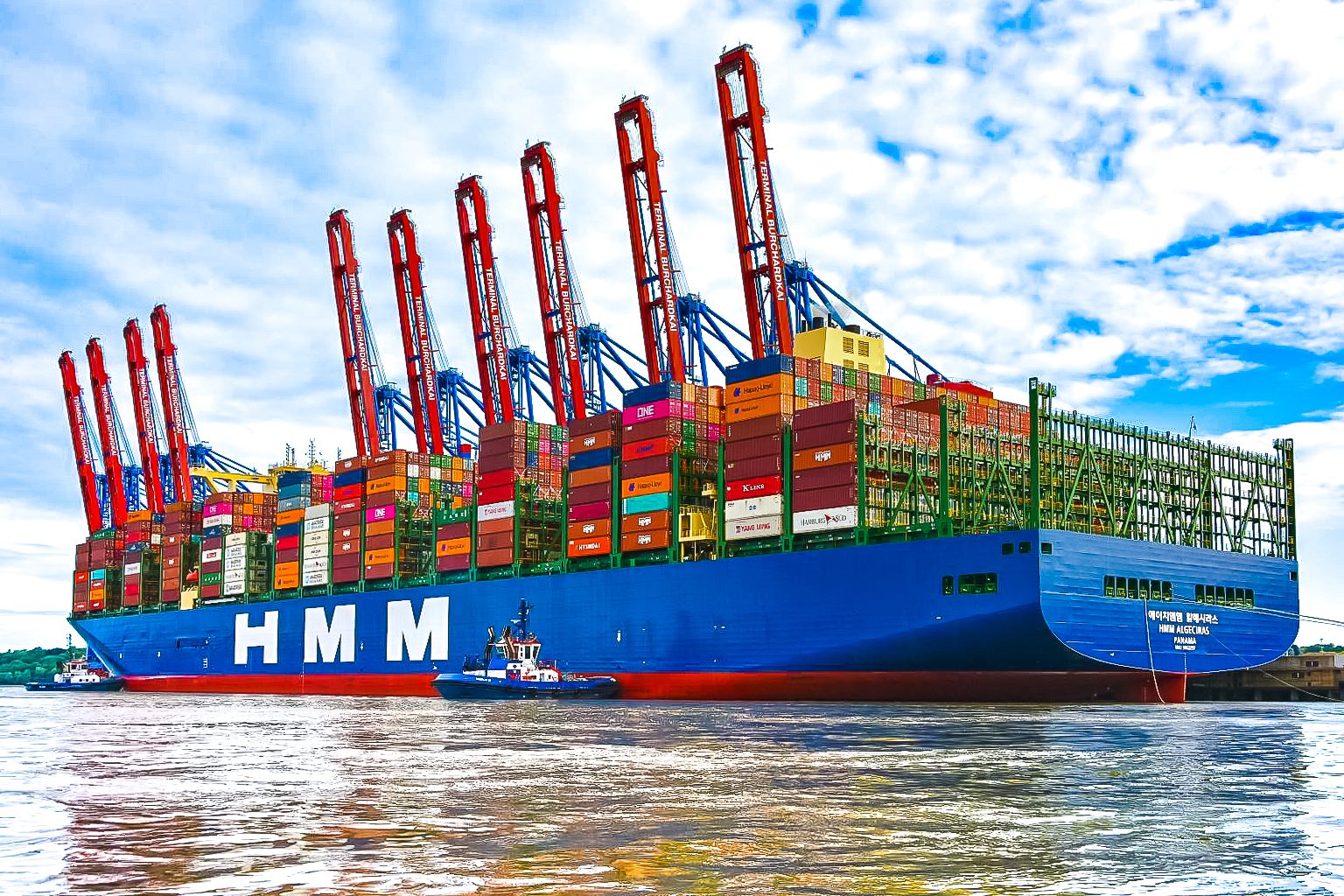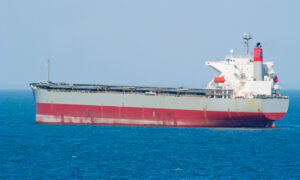One of the world’s top ocean carriers HMM announced that 99% of its owned vessels are well-placed to keep their voyage under the Carbon Intensity Indicator (CII) regulation, a measure for a ship’s energy efficiency implemented by the International Maritime Organization (IMO), targeting vessels above 5,000 gross tonnage.
The finding resulted from the verification of KR GEAR, a Greenhouse Gas (GHG) Emission Authentic Reporting system launched by the Korean Register.
The results showed that 99% of HMM’s 67 owned vessels, except for one bulk ship, received a rating from A to D, which is currently allowed for vessel operation.
The one bulk ship under the E rating is expected to improve its CII rating by adjusting ship speed and using low-carbon biofuel.
HMM said its CII rating has been primarily led by an 11.1% reduction in port dwell time for its containerships.
The efforts on slow-steaming and installing more efficient propellers have also contributed to enhancing energy efficiency.
In addition, HMM will expand the use of premium anti-fouling paints to decrease ship resistance and will continue to promote alternative clean fuels.
An HMM official said, “Responding to climate issues and improving environmental capabilities are key to success for a sustainable future. We will be dedicated to moving faster and better preparing for stricter environmental regulations.”
The IMO plans to apply a CII rating from 2024 based on the performance of vessel operation in 2023.
The Carbon Intensity Indicator (CII) is calculated as CO2 emitted per unit cargo volume (1ton) and nautical mile based on transportation records over the previous year, and fuel consumption.
CII is rated A, B, C, D, or E (where A is the best). The rating indicates a major superior, minor superior, moderate, minor inferior, or inferior performance level.
A ship rated D for three consecutive years, or E, is required to submit a corrective action plan to show how the required index (C or above) would be achieved.



